Python Data Science Stack
Technologies Big Data Master MIDS/MFA/LOGOIS
2025-01-17
What is Python ?

- born in 1990
- designed by Guido van Rossum (BDFL)
- multi-purpose
- easy to read
- easy to learn
- object-oriented
- strongly and dynamically typed
- cross-platform
Features of Python
Features of Python
- High-level data types (
tuples,dict,list,set, etc.) - Standard libraries with batteries included
- String services,
- Regular expressions
- Datetime
- …
- Libraries for scientific computing
- Easy and efficient I/O, many file formats
- OS, threading, multiprocessing
- Networking, email, html, webserver, scrapping
- Can be extended with
C/C++and easily accelerated (cython,numba,pypy) - Tons of external libraries
Features of Python
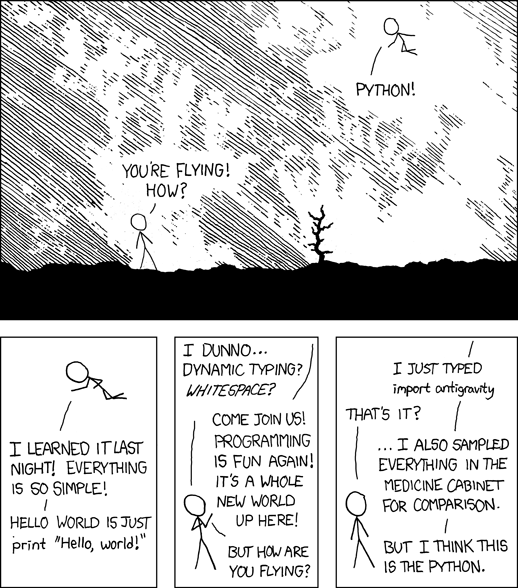
Trends
The stackoverflow 2023 survey
Python popularity growth
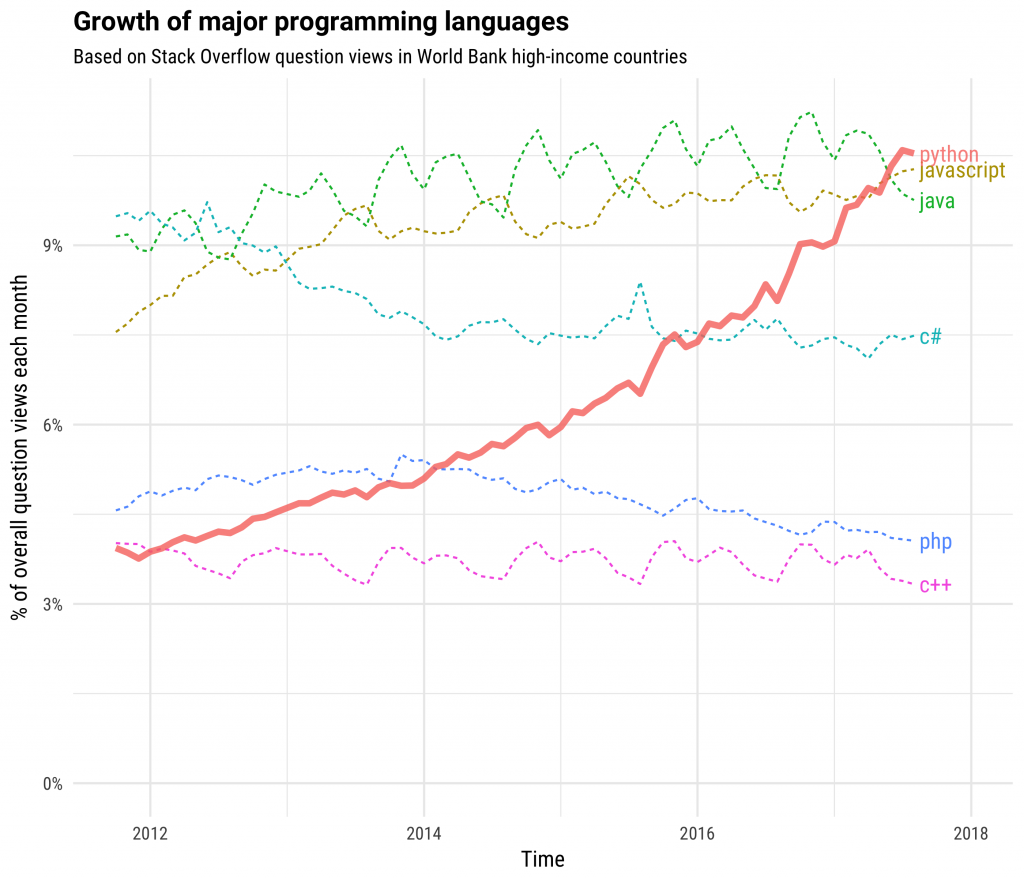
Python popularity growth

Why Python for data science ?
Besides these features, Python has:
- large communities for data science, analytics, etc.
- many, well-established, well-documented libraries
- huge demand from the industry
The Python Data Science Stack: Maths / Science
Numpy
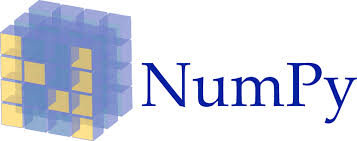
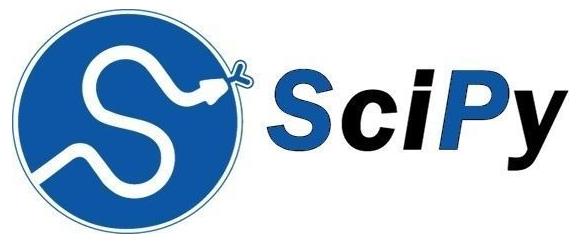
-
numpyis all about multi-dimensional arrays and matrices - high-level computation such as
- linear algebra:
numpy.linalg - random number generation:
numpy.random
- linear algebra:
- Fast but not optimized for multi-threaded architectures
- Not for distributed multi-machine settings
Scipy


-
scipyextendsnumpywith extra modules:- optimization,
- integration,
- FFT, signal and image processing
- …
- Sparse matrix formats in
scipy.sparse
The Python Data Science Stack: Data processing
Pandas

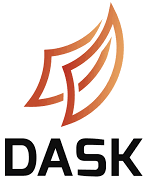
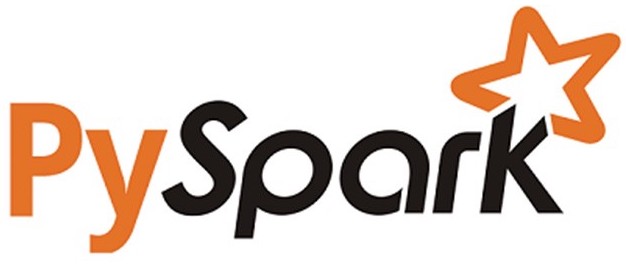
-
pandasbuilds uponnumpyto provide a high-performance, easy-to-useDataFrameobject, with high-level data processing - Easy I/O with most data format :
csv,json,hdf5,feather,parquet, etc. -
SQLsemantics:select,filter,join,groupby,agg, ,where, etc. - Very large general-purpose library for data processing, not distributed, medium scale data only
Dask



-
daskis roughly a distributed and parallelpandas - Same API has
pandas! - Task scheduling, lazy evaluation, distributed dataframes
- Still young and far behind
spark, but can be useful - Easier than
spark, fullPython(noJVM)
Links
Pyspark



-
pysparkis thepythonAPI tospark, a big data processing framework - We will use it a lot in this course
- Native API to
sparkisscala:pysparkcan be slower (much slower if you are not careful)
SQLAlchemy



- Object Relational Model (ORM)
- ODBC
Pyarrow



The universal columnar format and multi-language toolbox for fast data interchange and in-memory analytics
Apache Arrow defines a language-independent columnar memory format for flat and hierarchical data, organized for efficient analytic operations on modern hardware like CPUs and GPUs. The Arrow memory format also supports zero-copy reads for lightning-fast data access without serialization overhead.
The Python Data Science Stack: Data Visualization
Matplotlib
 |
 |
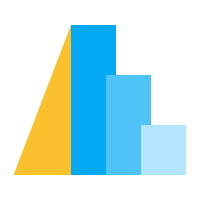 |
-
matplotlibprovides versatile 2D plotting capabilities- scientific computing
- data visualization
- Large and customizable library
- The historical one, somewhat low-level when plotting things related to data
Links
Plotly
 |
 |
 |
- An interactive visualization library for web browsers based on
javascriptgraphic libraryd3.js
- With a clean and simple
pythoninterface, can be used in ajupyternotebook - Interactions enabled by default (zoom, etc.) and fast rendering
- Very good looking plots with good default parameters
Links
Altair
 |
 |
 |
Vega-Altair: Declarative Visualization in Python
Vega-Altair is a declarative visualization library for Python. Its simple, friendly and consistent API, built on top of the powerful Vega-Lite grammar, empowers you to spend less time writing code and more time exploring your data.
The Python Data Science Stack: Dashboards
Dash
Links
Shiny
Links
Python Data Science Stack: environments
Pure Python interfaces

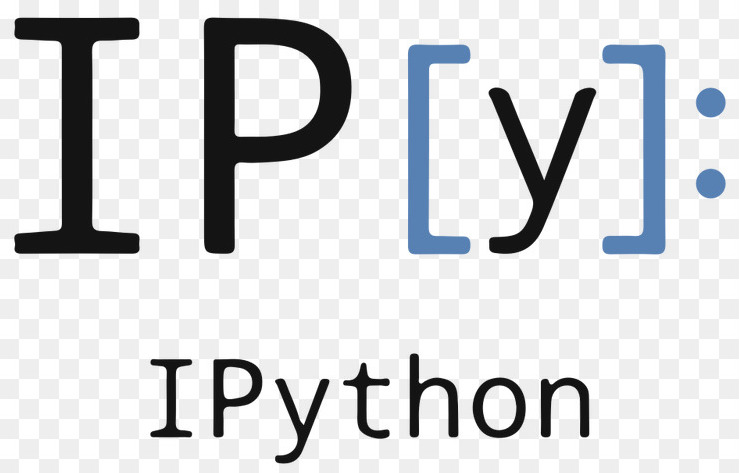
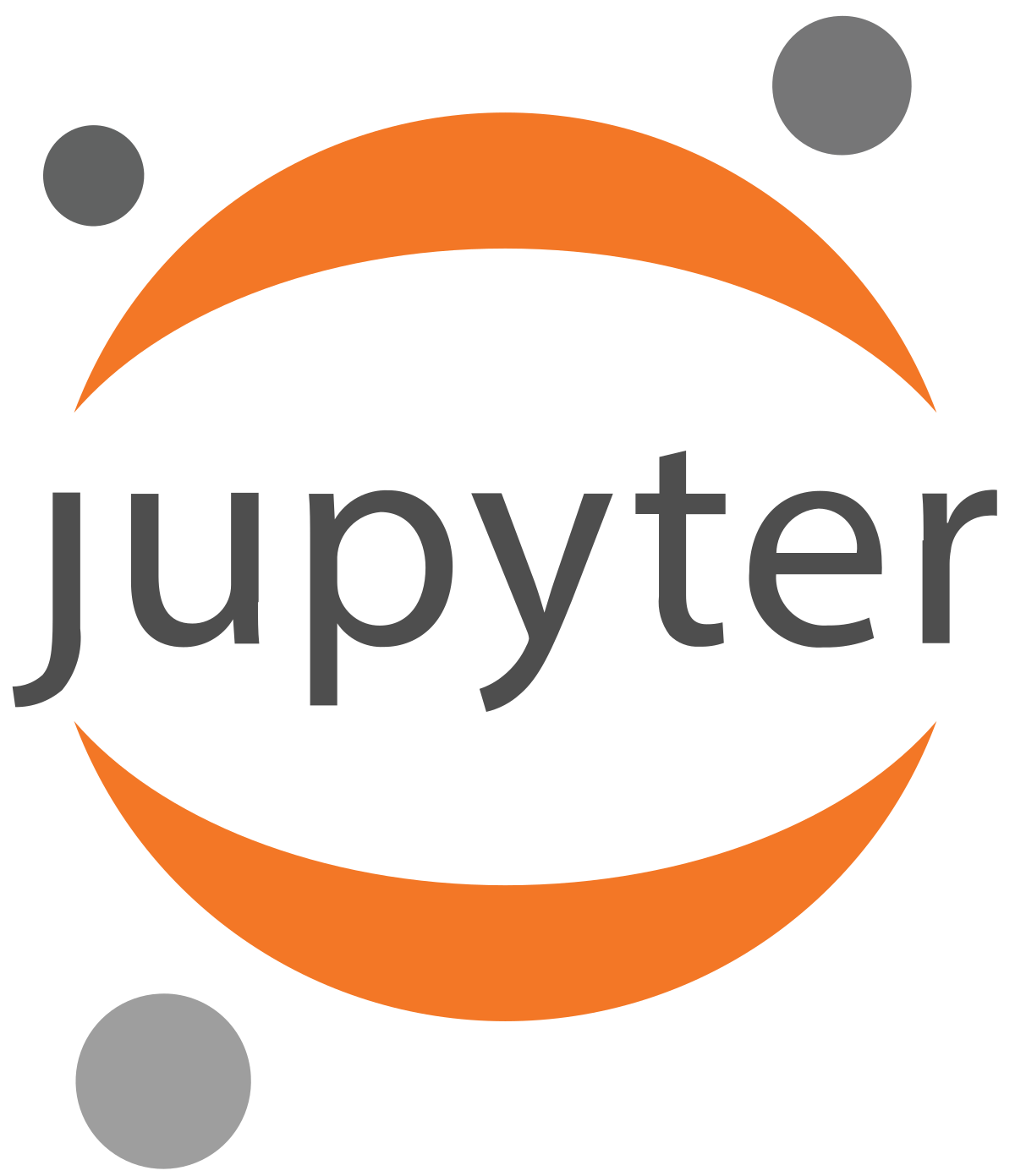
Ways to use all these tools
Write a script
script.pyand usepythondirectly in a CLI :python script.pyUse the
ipythoninteractive shell
Interfaces : Jupyter



- Use
jupyter: a web application that allows to create and run documents, called notebooks (with.ipynbextension) - Notebooks can contain code, equations, visualizations, text, etc. (literate programming)
- Each
notebookhas akernelrunning apython/R,Julia, … thread - A problem: a
ipynbfile is ajsondocument. Leads to bad code diff, a problem withgitversioning
Links
Quarto
Interfaces/IDE : VS Code (and other editors)
Python and R
Reticulate
Reticulate embeds a Python session within your R session, enabling seamless, high-performance interoperability. If you are an R developer that uses Python for some of your work or a member of data science team that uses both languages, reticulate can dramatically streamline your workflow!
Links
Py2R
Python has several well-written packages for statistics and data science, but CRAN, R’s central repository, contains thousands of packages implementing sophisticated statistical algorithms that have been field-tested over many years. Thanks to the
rpy2package, Pythonistas can take advantage of the great work already done by the R community.rpy2provides an interface that allows you to run R in Python processes. Users can move between languages and use the best of both programming languages.
But also…
Many libraries for statistics, machine learning and deep learning
Statistics
Machine learning
Deep learning
Getting faster
-
numba,cython,cupy
And …
PythonAPIs for most databases and cloudsProcessing and plotting tools for Geospatial data
Image processing
Web development, web scrapping
among many many many other things…
Thank you !

IFEBY030 – Technos Big Data – M1 MIDS/MFA/LOGOS – UParis Cité